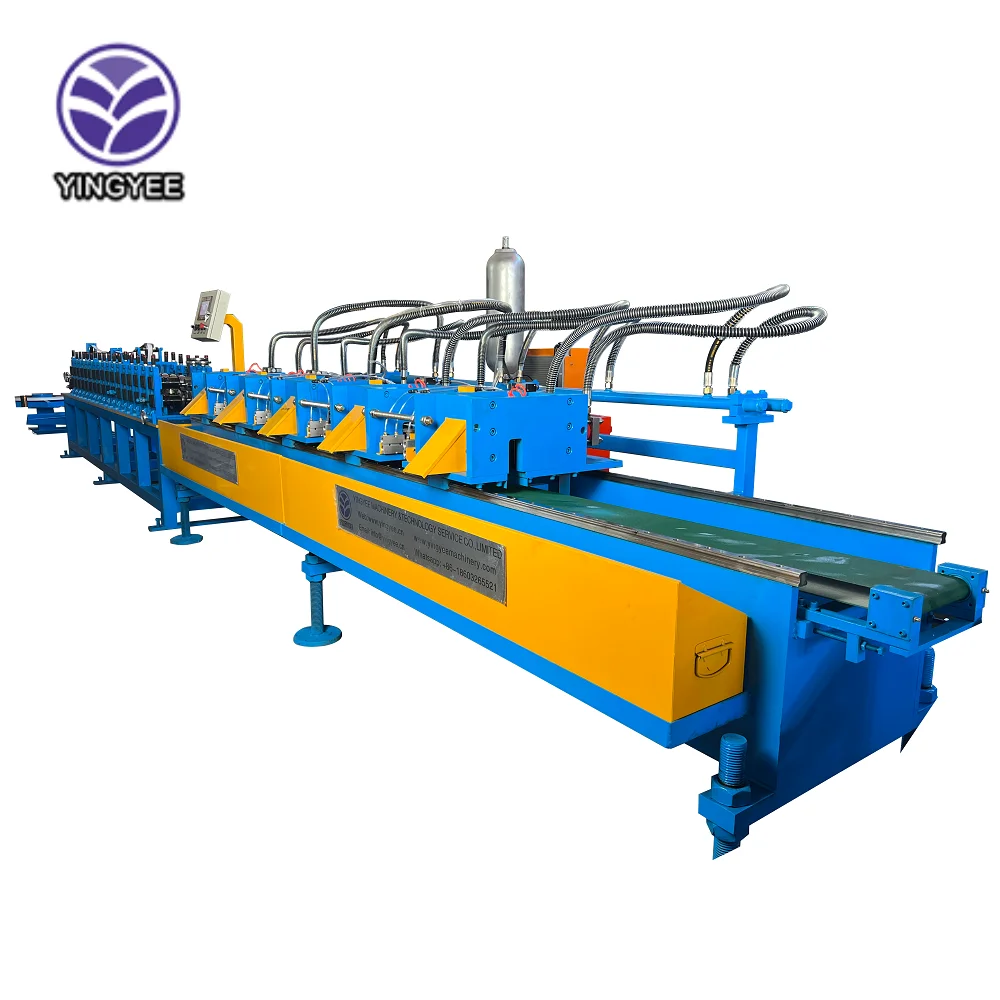A suspended ceiling uses T grids, which are specialised metal frames, to support the ceiling tiles. Dropping ceilings as the tiles hang down from the ceilingYou may think of suspended ceilings as drop ceilings. These are not directly attached to the ceiling above them, which provides the unique style and function.
Commercial buildings, schools, hospitals, etc. use suspended ceilings. One of the reasons that these ceilings are so popular is that they are extremely easy to install and maintain. That means workers can drive them up quickly, and owners don’t need to spend much time or money to keep them in working order. In addition, suspended ceilings provide plenty of design options. This versatility allows you to customize your ceiling according to how you want it both to look and function, which is why it suits so many spaces.

 EN
EN
 AR
AR BG
BG DA
DA NL
NL FR
FR DE
DE EL
EL IT
IT KO
KO PT
PT RO
RO RU
RU ES
ES TL
TL ID
ID SR
SR SL
SL UK
UK VI
VI GL
GL HU
HU TR
TR FA
FA MS
MS GA
GA CY
CY MK
MK AZ
AZ KA
KA BN
BN BS
BS LA
LA MN
MN NE
NE MY
MY KK
KK UZ
UZ KY
KY